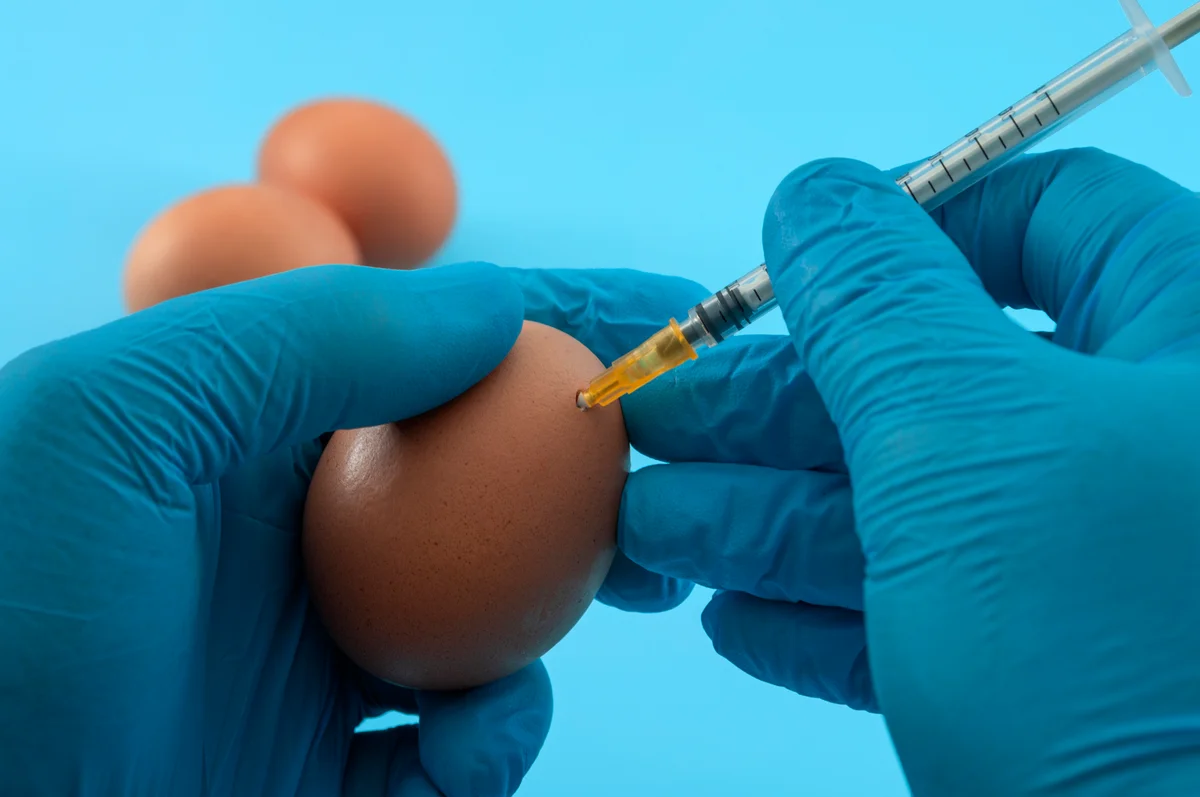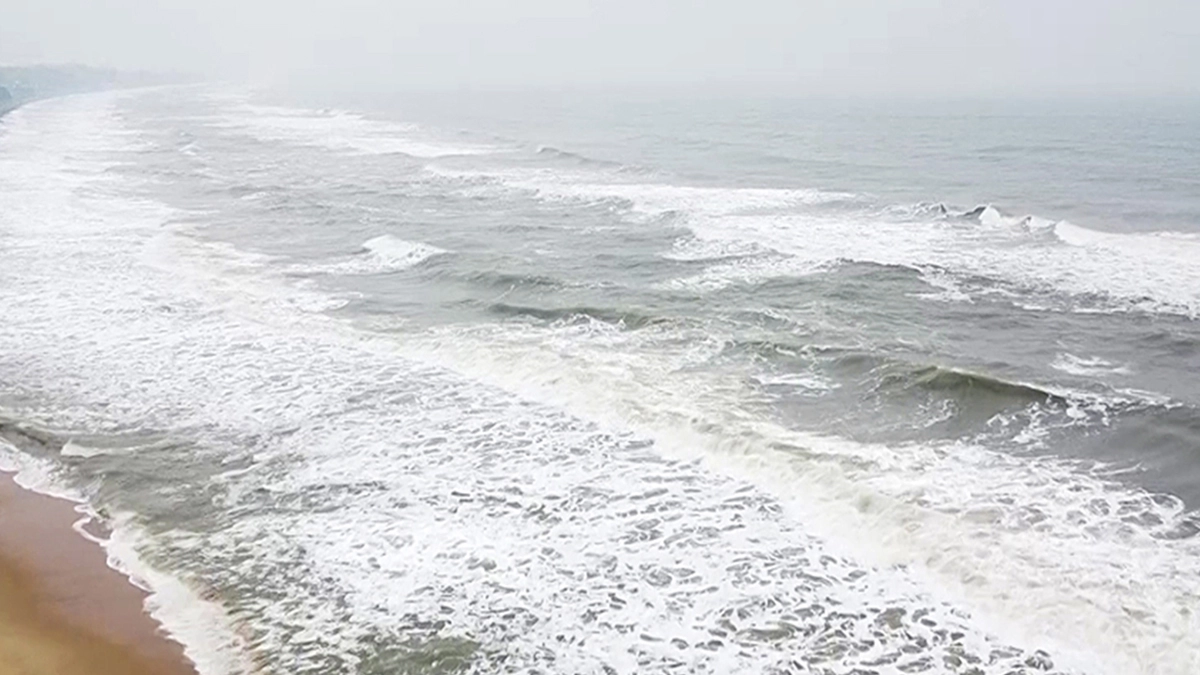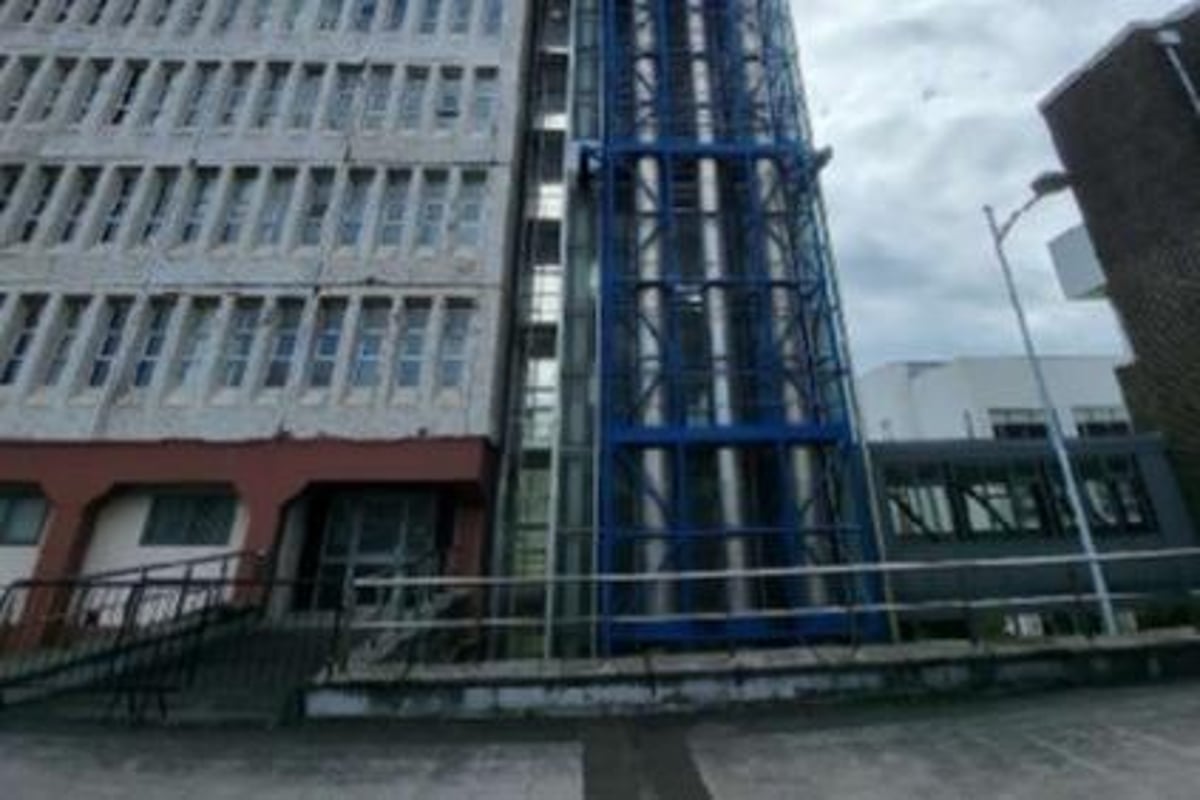Copyright scientificamerican

This video is part of “Innovations In: RSV,” an editorially independent special report that was produced with financial support from MSD, Sanofi and AstraZeneca. On supporting science journalism If you're enjoying this article, consider supporting our award-winning journalism by subscribing. By purchasing a subscription you are helping to ensure the future of impactful stories about the discoveries and ideas shaping our world today. Zachary Rubin: Did you know your flu shot was designed more than six months ago? Yeah—before the first cough, before cold weather hits, scientists around the world are already working to get ahead of the virus. Here’s how it works. Twice a year the World Health Organization convenes global experts to review flu surveillance data. They look at which influenza strains are spreading during the Southern Hemisphere’s winter—in places like Australia, Chile and South Africa—and use that data to predict what strains will likely dominate in the Northern Hemisphere’s flu season. They recommend three to four strains to include in the annual flu vaccine, and that decision happens months before the vaccines ever reach your pharmacy. Once the strains are selected, manufacturers get to work. Most flu vaccines in the U.S. are still egg-based, meaning the virus is actually grown inside fertilized chicken eggs. The virus is then harvested, inactivated, purified and formulated into a vaccine. But newer methods are changing the game. Cell-based vaccines grow viruses in animal cells, not eggs. And recombinant vaccines skip the virus-growing step entirely—they use genetic engineering to quickly produce proteins that prime your immune system without needing the full flu virus. These newer methods are faster, may offer more precision and don’t require millions of chicken eggs every year. Even in years when it’s not a perfect match, the flu vaccine still prevents millions of illnesses and thousands of hospitalizations and deaths. And because the flu spreads before symptoms even show up, protecting yourself helps protect your whole community.



